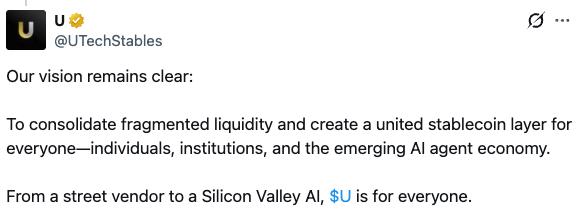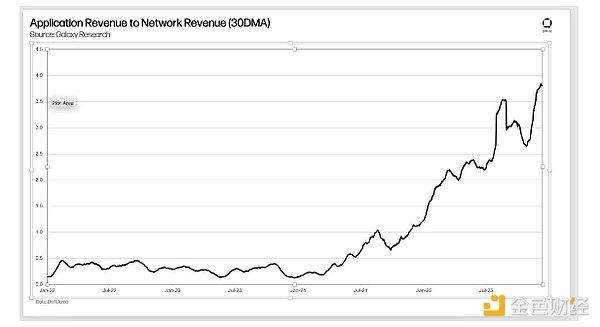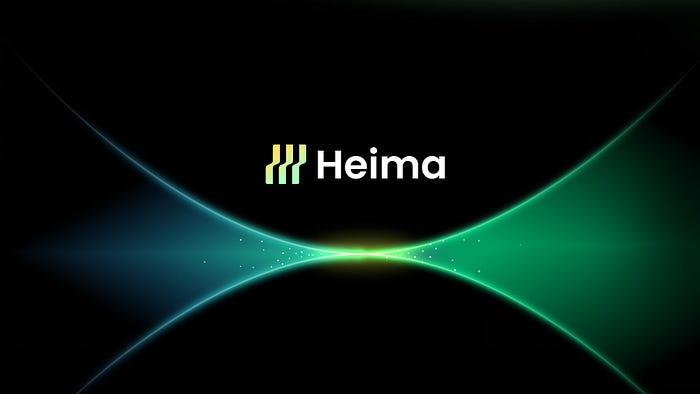
On February 13, 2025, the cross-chain ecosystem project Heima (HEI) reached a milestone breakthrough, with its token HEI officially listed on the global top-tier exchanges Binance and Bitget, and simultaneously opening up spot, leverage, and contract trading scenarios. Driven by this positive news, the price of HEI soared 73% within 24 hours, becoming one of the most closely watched assets in the crypto market that day.
This frenzy did not come out of nowhere. Heima's predecessor was Litentry (LIT), a project that has been deeply cultivating the decentralized identity (DID) field. On January 20th this year, Litentry announced a brand rebranding and a full transformation into Heima, shifting its strategic focus to Chain Abstraction technology to provide a smoother interoperability experience for the multi-chain ecosystem. At the same time, the original LIT token will be exchanged for HEI at a 1:1 ratio, marking the official transition of its ecosystem.
From an explorer in the DID track to a bottom-layer reconstructor of cross-chain interoperability, Heima's transformation reflects a deeper logic in the crypto industry: in the multi-chain era, asset liquidity and user experience are becoming the key variables determining the success or failure of a project. Now, with the strong backing of top-tier exchanges, can HEI ride the wind and waves and truly become the core bridge of the cross-chain world? This article will delve into the technical foundation, token economics, and industry landscape of Heima, analyzing the rise path and future possibilities of this dark horse.
What is Heima? The bottom-layer reconstructor of cross-chain interoperability
In the era of multi-chain coexistence, cross-chain interoperability has become a major pain point in the crypto industry. Different blockchains operate independently, making it difficult for assets, data, and smart contracts to flow freely between ecosystems, which not only leads to a fragmented user experience but also greatly limits the development of decentralized applications (DApps). Heima Network was born to solve this problem - it is not a simple cross-chain bridge, but a "Chain Abstraction" infrastructure, committed to breaking down the barriers between chains and making cross-chain interactions as smooth and seamless as the Web2 internet.
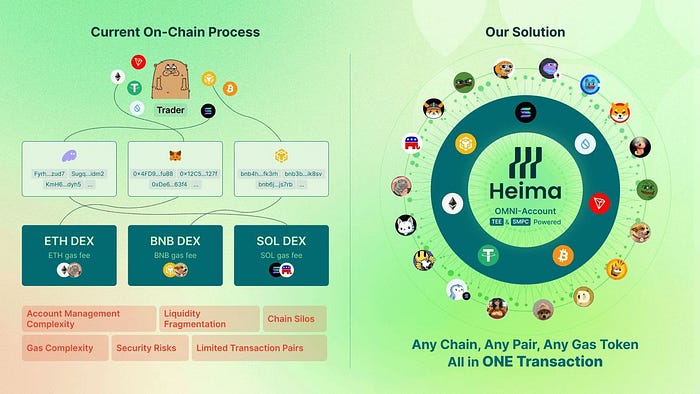
As a Layer1 blockchain upgraded from Litentry, Heima's core vision is to allow users and developers to break free from the complexity of blockchain underlying, and achieve a "one-stop multi-chain experience". Under Heima's architecture, users no longer need to frequently switch wallets, adjust Gas fees, or manually bridge assets, but can directly manage assets and execute cross-chain transactions on the same interface. Developers can also call Heima's modular tools to seamlessly deploy and run smart contracts across different blockchains.
The realization of this vision relies on three key technical pillars:
- Decentralized Identity Management (DID): Heima inherits Litentry's DID technology, allowing users to have a unified identity across different chains while protecting their privacy. For example, users can cross-chain verify their creditworthiness or participate in DAO governance without exposing personal data.
- Secure Privacy Layer (TEE): Based on the Trusted Execution Environment (TEE), Heima can encrypt sensitive data and only decrypt it with user authorization. For example, in identity verification scenarios, the system can determine whether a user meets certain conditions (such as "account age exceeds one year") without revealing the complete on-chain transaction history.
- Intent-Based Execution: Users only need to set their target, and Heima can automatically plan the optimal transaction path. For example, if a user wants to convert Solana assets into USDT on Ethereum, Heima will automatically match liquidity pools, calculate the optimal path, and complete all operations in the background, with the user only needing to click confirm once.
This innovative architecture has already shown strong potential in the testnet stage. For example, the cross-chain DEX PumpX has been the first to integrate Heima's chain abstraction technology, realizing one-stop multi-chain trading, allowing users to freely transfer assets between ecosystems such as Ethereum, Solana, and BNB Chain, without worrying about the underlying chain differences.
The "universal socket" of the multi-chain world - this is the cross-chain interoperability future that Heima is trying to build. It not only provides a smoother user experience, but also opens a new door for developers in areas such as DeFi, NFT, and GameFi. But is this ambition enough for Heima to stand out in the highly competitive cross-chain market? Let's take a look at the role and economic model of its token HEI.
HEI Token: The Core Hub of the Cross-Chain Ecosystem, Unlocking Broader Application Scenarios
In the blockchain world, tokens are not only carriers of value, but also the lifeblood of ecosystem operations. HEI is not only the native asset of the Heima network, but also the core driver of its chain abstraction architecture, playing a crucial role in multi-chain interoperability, governance, and payment.
The core functions of HEI: Not only Gas, but also the "universal key" of the cross-chain ecosystem
- Gas Abstraction Traditional blockchain transactions usually require users to hold the native token of a specific chain as Gas fee, such as ETH on Ethereum or SOL on Solana. Through Gas Abstraction technology, HEI allows users to directly use HEI to pay the Gas fee for cross-chain transactions, eliminating the constraints of different chain Gas mechanisms and making transactions more efficient and smooth. In other words, whether it's Solana, Ethereum, or BNB Chain, HEI can serve as a universal Gas, simplifying user operations and making cross-chain interactions as seamless as Web2 applications.
- Governance HEI is not just a payment tool, but also an important participation credential in the governance of the entire Heima ecosystem. HEI holders can vote on key decisions such as protocol upgrades, resource allocation, and parameter adjustments, directly influencing the development direction of the network. This decentralized governance mechanism ensures the long-term stability of Heima and grants higher autonomy to community members.
- Payment As the universal payment asset of the Heima ecosystem, HEI will play a role in multiple application scenarios. For example, decentralized identity systems like Identity Hub and cross-chain trading protocols like PumpX all use HEI as the payment method. As the user base of these DApps grows, the demand and value of HEI will also increase, forming a virtuous cycle.
- Cross-Chain Interoperability (Utility) HEI allows users to interact with various blockchain applications without considering the complexity of different networks. For example, when executing cross-chain transactions, the Heima network will automatically handle the underlying chain-to-chain interactions, so that users no longer need to manually convert assets or adjust Gas fees. This feature makes HEI a true cross-chain ecosystem hub, providing developers and users with a smoother Web3 experience.
On January 20th, when Heima underwent a brand upgrade, the team also optimized the token economic model to improve liquidity reserves, optimize ecosystem fund allocation, and enhance the long-term sustainability of the token.
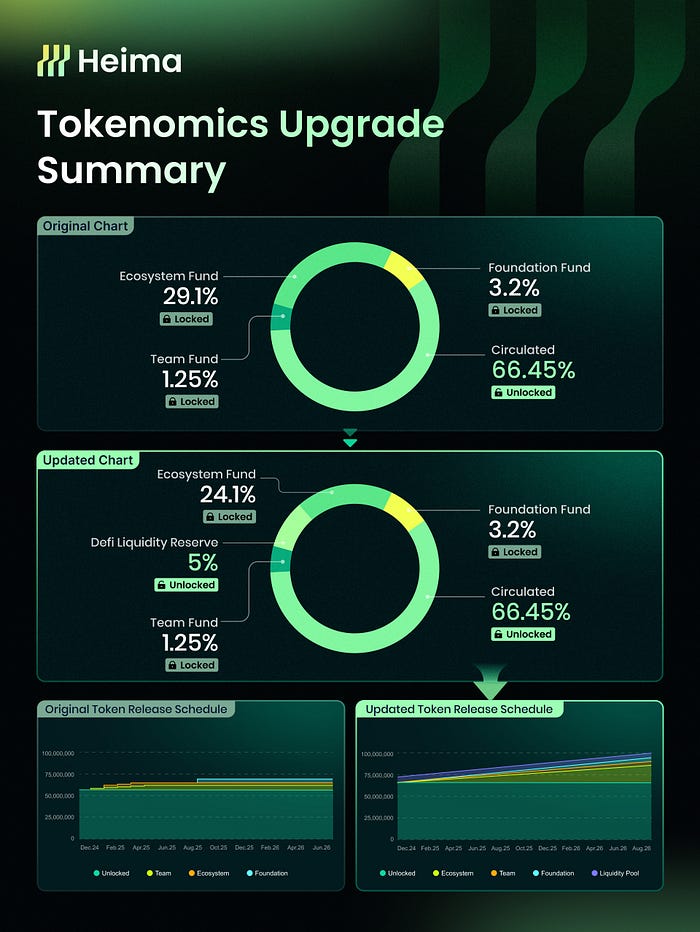
- The ecosystem fund was reduced from 29.1% to 24.1%, still used to incentivize developers and build the ecosystem, but with an optimized release schedule to balance market supply and demand
- A new 5% allocation was added to the decentralized finance liquidity reserve, to enhance market liquidity and support the development of the DeFi ecosystem
- The foundation fund remained unchanged at 3.2%, supporting the long-term development and operations of Heima
- The team fund maintained at 1.25% and remained locked, ensuring the team's interests are aligned with the community
- The circulating tokens account for 66.45%, meaning a considerable proportion of HEI is already freely tradable in the market, reducing the short-term selling pressure caused by token releases
In addition, the HEI token release plan has also been adjusted, with the new version of the release curve being smoother, reducing market volatility risks, while ensuring that liquidity is gradually released to support the long-term development of the ecosystem.
Here is the English translation of the text, with the specified terms translated as requested:It can be seen that He Yi has not only optimized and adjusted its token economic model, but also sought breakthroughs in technical architecture and user experience, trying to reshape the future of cross-chain interaction in a chain-abstract way. However, the competition in the cross-chain interoperability track is fierce, with strong competitors such as Chainlink CCIP and Axelar already in the field. Can He Yi establish a competitive advantage with its unique technical solutions and economic models? In terms of team background, capital support, and technical implementation, does it have sufficient support? Next, we will further analyze the core team and development path of He Yi, and discuss whether it can occupy a place in this cross-chain revolution.
Background and Team: Polkadot Genes and Capital Support
For the success of any Blockchain project, technological innovation is certainly important, but the deeper competitiveness often comes from the team background, industry resources, and capital support. The growth trajectory of He Yi shows that it not only inherits the genes of the Polkadot ecosystem, but also has obtained key support in the capital market, laying the foundation for the realization of its chain-abstract vision.
The predecessor of He Yi, Litentry, chose Polkadot as its main development environment as early as 2020, dedicated to decentralized identity (DID) management. Polkadot itself is a pioneer in cross-chain interoperability, and its parallel chain architecture and shared security mechanism give it natural advantages in multi-chain collaboration. The Litentry team has been deeply involved in Polkadot for many years and has a deep understanding of underlying cross-chain technology, and this experience has been continued after the brand upgrade to He Yi.
Although He Yi is no longer limited to the Polkadot ecosystem, it still retains some key features, such as EVM compatibility, which allows it to leverage Polkadot's shared security while connecting to mainstream chains like Ethereum, providing developers with a wider range of application scenarios. From identity authentication to chain abstraction, He Yi is expanding from the single DID track to a grander cross-chain infrastructure layer.
Team Background: Deeply Engaged in Identity Authentication and Privacy Computing
The core team of He Yi is mostly from the original Litentry team, with years of experience in Blockchain identity authentication, privacy computing, and distributed system development. The project's technical architecture involves advanced privacy protection technologies such as Trusted Execution Environment (TEE) and Zero-Knowledge Proof (ZK), all of which require strong technical capabilities. The team members have accumulated rich research and development experience in these frontier fields, giving He Yi unique advantages in privacy protection and identity management.
Although He Yi has not yet disclosed the details of its latest round of financing, its early development has received support from the Polkadot ecosystem fund, and it has established cooperative relationships with multiple top-tier exchanges. The rapid listing on Binance and Bitget not only brings increased liquidity, but also to some extent reflects the capital market's recognition of its technical value. In the future, if He Yi can further obtain the support of leading investment institutions, it will help accelerate the expansion of its ecosystem.
Capital and Market Support: From Testnet to Mainstream Exchanges
Technical vision ultimately needs market recognition, and the growth path of He Yi shows that it has already attracted a group of early developers and users during the testnet stage. The integration of cross-chain DEXs like PumpX provides real-use cases for He Yi's chain abstraction function, and the simultaneous listing on Binance and Bitget has directly boosted market confidence in its liquidity.
However, market enthusiasm does not necessarily mean the confirmation of long-term value. He Yi needs to prove its technical advantages in a short period of time, attract more developers and users into the ecosystem, and provide practical cross-chain applications. If it relies solely on the short-term liquidity brought by exchange listings without the support of actual application scenarios, the market enthusiasm may be difficult to sustain. Therefore, the key challenge for He Yi in the next step is how to build an ecosystem through ecosystem construction, and truly make chain abstraction a new paradigm for cross-chain interoperability.
Opportunities and Challenges: Competition Landscape in the Cross-Chain Track and He Yi's Technical Advantages
Cross-chain interoperability has always been a key issue in the crypto industry, but a true unified standard has not yet emerged. Projects such as Chainlink CCIP, Axelar, and LayerZero have already deployed in this field, providing different forms of solutions such as cross-chain bridges and message transmission protocols. He Yi, on the other hand, has chosen a different path - with "chain abstraction" as the core, trying to completely separate cross-chain interaction from the underlying complexity, bringing users and developers a smooth experience like Web2 applications.
In the current cross-chain market, most protocols rely on bridges or message transmission for inter-chain communication. Although this has improved interoperability to a certain extent, it has not completely eliminated the barriers in asset transfer and application interaction. The core technical advantage of He Yi lies in its Intent-Based Execution mode, where users only need to set the transaction target, and the system will automatically calculate the optimal path and complete the cross-chain transaction, completely eliminating the cumbersome manual bridging process. At the same time, He Yi inherits Litentry's decentralized identity (DID) capability, ensuring the consistency of user identity in cross-chain interactions and providing deeper support for the interconnection of on-chain data.
In addition, He Yi's innovation in Gas abstraction allows users to directly use the HEI token to pay for all cross-chain transaction fees, without the need to prepare native Gas tokens on different chains, which lowers the threshold for cross-chain interaction and enhances the overall user experience. For developers, He Yi's modular architecture also provides a simpler way for them to deploy DApps across different Blockchains without having to adapt to the technical standards of multiple chains.
However, although He Yi's vision is grand, it is not easy to stand firm in the fiercely competitive cross-chain market. LayerZero and Axelar have already occupied the first-mover advantage and established close cooperation with many leading DeFi protocols, forming a certain network effect. If He Yi wants to break through the siege, it must quickly expand its ecosystem, attracting more developers and protocols to join its framework, otherwise, even if the technology is advanced, it will be difficult to form long-term influence in the market.
At the same time, He Yi relies on Trusted Execution Environment (TEE) to protect user privacy, which can provide higher security, but TEE itself is still subject to certain centralization doubts. How to enhance security while ensuring a sufficient degree of decentralization is still a problem that He Yi needs to solve. In addition, the concept of chain abstraction is more novel compared to the traditional cross-chain bridge model, but this also means that users need a certain learning and adaptation period. How to reduce the cost of market education and make more people accept this new model will also become a key factor in determining whether He Yi can be widely adopted.
Currently, He Yi has gained market attention through the listings on Binance and Bitget, but the real challenge has just begun. Next, it needs to prove through the landing of actual application scenarios that its chain abstraction model is not just a concept, but a transformative solution that can truly improve the cross-chain interaction experience. If it can successfully break through the current cross-chain dilemma and truly achieve seamless connection in the multi-chain world, He Yi may be able to forge a new path in this cross-chain competition.
Conclusion: Explorer of a New Cross-Chain Paradigm, or a Fleeting Trend?
He Yi's brand upgrade and technical transformation have enabled it to evolve from the initial focus on decentralized identity (DID) management at Litentry, to a grander provider of chain abstraction infrastructure. The vision it has proposed is exciting enough - to allow users to be unaware of the complexity of the underlying Blockchain, with assets freely circulating among major public chains, and DApps interconnecting like Web2 applications. However, whether this vision can truly be realized and form a stable moat in the market is still an unresolved question.
At the current stage, He Yi is still in the early stages of development, and although the concept of chain abstraction has been initially implemented, its ecosystem still needs further improvement. If it can quickly attract the support of mainstream DeFi protocols, NFT markets, and Web3 games, and get more developers willing to build DApps based on He Yi's architecture, it may have the opportunity to occupy a place in the cross-chain track. But if it fails to form an effective ecosystem network within a limited time window, the market enthusiasm may gradually cool down, and He Yi may become another fleeting meteor among the many cross-chain attempts.
The success or failure of Heima in the future will depend on whether it can truly establish application barriers in the cross-chain ecosystem and build an infrastructure that users and developers cannot do without. If it can successfully fill the critical gaps in the current cross-chain world, it may have the opportunity to become a core pillar of the multi-chain era. However, if it faces daunting challenges and its ecosystem expansion is hindered, then this exploration of a new cross-chain paradigm may only be another short-lived experiment in the cryptocurrency industry.




